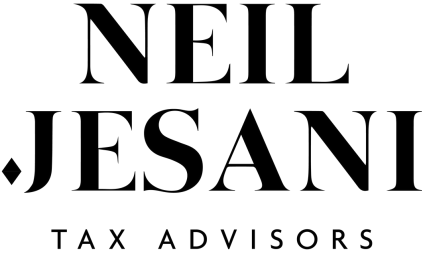When investing in a traditional individual retirement account (IRA), most people expect tax advantages: a tax deduction upon contribution and tax-deferred growth until withdrawal. However, there is a little-known tax lurking in some IRAs that can lead to unexpected double taxation: the Unrelated Business Income Tax (UBIT). Understanding UBIT and how it impacts your IRA can help you make informed investment decisions and avoid costly surprises.
What Is UBIT?
UBIT stands for “unrelated business income tax,” a tax imposed on tax-exempt entities, including IRAs, when they engage in certain business activities. Originally created in 1950 to prevent tax-exempt charities from unfairly competing with taxable businesses, UBIT ensures that organizations don’t use their tax-exempt status to gain an unfair advantage.
Most people are unaware that IRAs, including traditional IRAs, Roth IRAs, SEP-IRAs, and SIMPLE IRAs, can be subject to UBIT. Since IRAs are tax-exempt trusts meant to help individuals save for retirement, they are not intended to operate businesses tax-free. If your IRA earns income that falls under UBIT regulations, it could face significant taxation at trust tax rates.
The Heavy Tax Burden of UBIT
UBIT is particularly burdensome because it applies at trust tax rates, which escalate quickly:
- 10% on income up to $3,150
- 24% on income from $3,151 to $11,450
- 35% on income from $11,451 to $15,650
- 37% on income above $15,651
The Double Taxation Problem
For traditional IRAs, UBIT results in double taxation:
- The IRA pays UBIT at trust tax rates.
- When the remaining funds are withdrawn from the IRA, they are taxed as ordinary income.
For example, if a traditional IRA earns $100,000 subject to UBIT, it would pay $37,000 in taxes (at the 37% rate), leaving $63,000 in the account. When withdrawn, the remaining amount is subject to personal income tax. If the owner is in the top 37% tax bracket, they would pay an additional $23,310 in taxes, leaving only $39,690—effectively reducing the original income by over 60%.
Income Types and UBIT
Income Not Subject to UBIT
Fortunately, most IRA investments are exempt from UBIT, including:
- Interest from lending money
- Dividends from C corporations (since corporate taxes are already paid)
- Royalties from intellectual property or mineral leasing
- Rents from real property
- Capital gains from asset sales
These exemptions cover the majority of IRA investments, such as stocks, bonds, mutual funds, ETFs, money market funds, CDs, and Treasury bills.
Income Subject to UBIT
UBIT comes into play when an IRA engages in certain types of investments, particularly:
Pass-Through Businesses
- IRAs investing in S corporations, partnerships, and LLCs taxed as partnerships may trigger UBIT.
- These entities do not pay taxes themselves; instead, income “passes through” to partners, making it subject to UBIT.
Private Equity and Hedge Funds
- Investments in hedge funds or private equity structured as partnerships can result in UBIT.
Master Limited Partnerships (MLPs)
- These publicly traded partnerships (often in energy sectors) pass income directly to investors.
- Even though MLPs trade like stocks, IRAs that invest in them become partners in the business, triggering UBIT.
Debt-Financed Investments and UBIT
- If an IRA uses debt to acquire real estate, stock, or other assets, it may generate Unrelated Debt-Financed Income (UDFI), a form of UBIT.
- Example: If an IRA purchases a rental property using 50% debt, then 50% of the rental income is subject to UBIT.
- At Sale: UDFI tax applies to the debt-financed portion of any capital gain from the sale of the property.
- Avoiding UDFI: Paying off the debt at least 12 months before selling the property eliminates UDFI tax.
Strategies to Minimize UBIT
The C Corporation Blocker Strategy
- Some investors use a C corporation blocker to reduce UBIT exposure.
- A self-directed IRA forms a C corporation, which then invests in pass-through businesses.
- The corporation pays a flat 21% corporate tax, avoiding the higher UBIT rates.
- Dividends from the C corporation to the IRA are tax-free.
Avoiding Debt in IRA Investments
- UDFI issues can be avoided by ensuring all IRA investments are made without debt.
- This is particularly important in real estate and private equity investments.
Paying UBIT and Filing Requirements
- IRAs get a $1,000 annual UBIT exemption.
- If UBIT exceeds $1,000, the IRA must file Form 990-T and pay taxes.
- The IRA custodian, not the account holder, files the tax form.
- Quarterly estimated tax payments are required if UBIT liability is $500 or more.
- The IRS imposes penalties and interest for missed payments.
Key Takeaways
- Most IRAs Avoid UBIT — Traditional investments like stocks, bonds, and ETFs are exempt.
- Pass-Through Businesses Create UBIT Risks — Investing in partnerships, LLCs, or S corporations may trigger UBIT.
- Master Limited Partnerships Are a Common UBIT Trap — MLPs expose IRAs to UBIT, often through Form K-1 income.
- Debt-Financed Investments May Cause UDFI Taxation — If an IRA borrows money to invest, UBIT may apply to the income and gains.
Plan Ahead to Reduce UBIT Liability — Strategies like using C corporation blockers or avoiding debt can help minimize taxes.
Final Thoughts
Understanding UBIT is crucial for IRA investors looking to diversify beyond traditional stocks and bonds. While UBIT does not affect most IRA holders, those investing in pass-through businesses, private equity, hedge funds, or real estate should carefully evaluate potential tax consequences. With proper planning and awareness, you can make tax-efficient decisions to protect your retirement savings.


